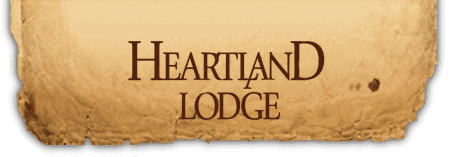Interesting Facts of Quail and Pheasants
We’ve compiled a short list of interesting facts about quail and pheasants below that most hunters probably do not know! Next time you’re at hunting camp, impress your hunting buddies with some of these interesting tid-bits:
![]() Quail Facts
Quail Facts
- There are 22 different bobwhite quail subspecies in 38 states in the US and also in Mexico. The males of the species vary much more than the females.
- The purpose of the well know call, “Bob, Bob White”, of the male quail is to attract a mate and to warn off other males from his territory.
- Each male bobwhite selects a territory in which to nest. The female is responsible for building a nest located on the ground and lays 12-15 eggs per clutch.
- A hen may lay and incubate a clutch of eggs, or she may leave the nest to her mate to incubate, move to another area, select another mate and lay a second or often a third clutch of eggs.
- Males are successful in incubating and even raising a brood without the help from a hen.
 Pheasant Facts
Pheasant Facts
- Unknown to most people the pheasant is not native to the US. The first successful introduction of pheasants to the US occurred in 1881 when Judge Owen Nickerson Denny shipped 80 Chinese Ringneck pheasants to his home in the Willamette Valley of Oregon.
- When the weather conditions are bad for a long period of time the ringneck pheasant will stay on its roost and go without eating until the weather clears.
- The normal flight speed of a pheasant is 38-48mph and can run at speeds of 8-10mph. Their flight speed has been clocked at a speed up to 60mph.
- A typical rooster accumulates a harem of 3-7 hens. Each hen will produce 8-12 eggs in her clutch hatching 80-85% of the eggs. A hen will make 1-4 attempts at nesting during the spring nesting season.
- Pheasant chicks are capable of short distant flights as early as 2 weeks of age.
So, there you have it, next time you are out hunting you can impress your hunting buddies with a few of these uncommon facts about upland birds!
Last Updated: May 22nd, 2024



